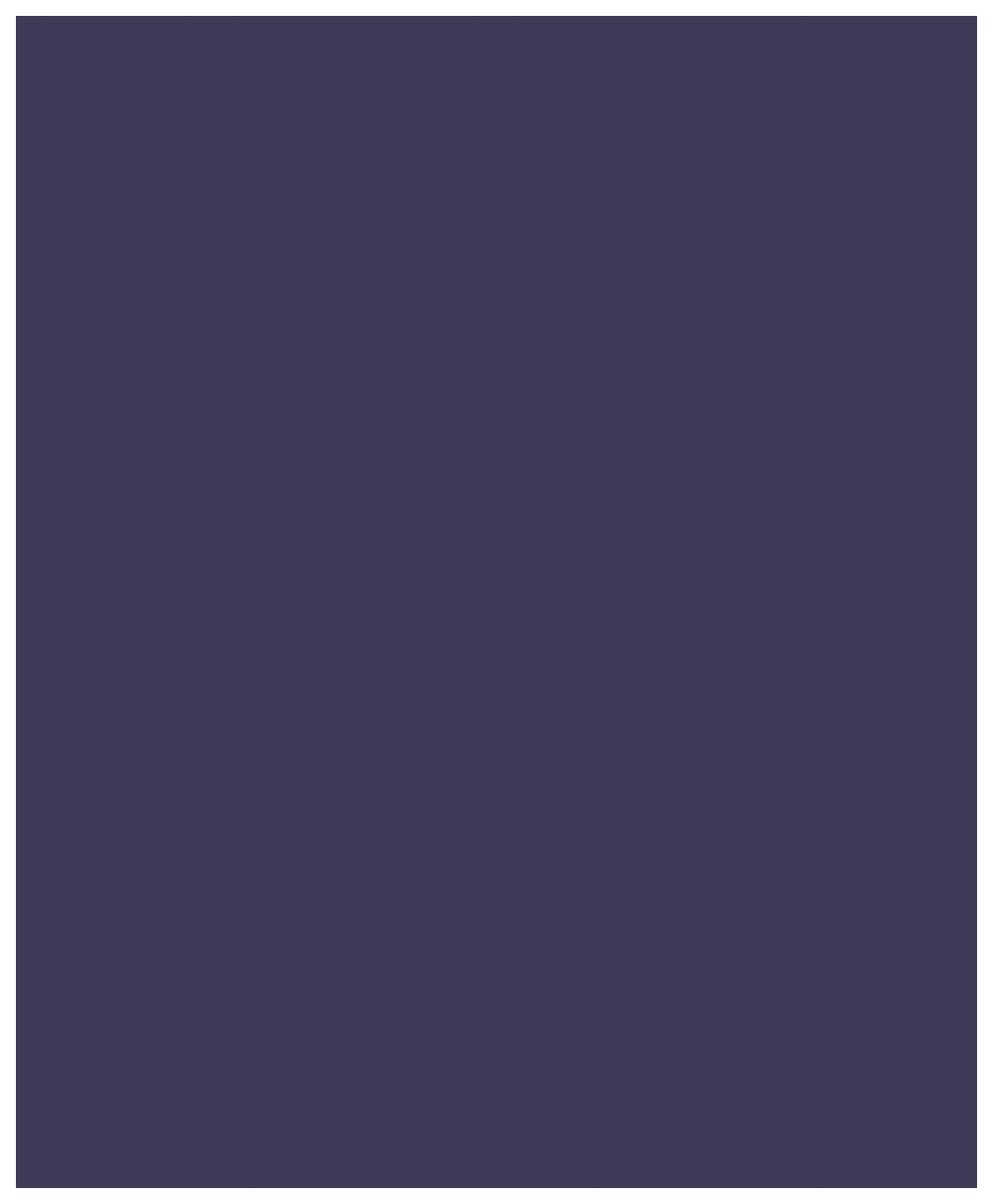https://www.fictional-journal.com/
FICTIONAL JOURNAL is a platform and an online publication for design theory and practice navigating societal contexts of design. In 2–3 issues a year, the journal opens a theme for investigation and action for the Fictional Collective and invited guest contributors through open calls. Each issue consists of a range of contributions from text-based to image essays, illustrations, film, objects, performances and interventions. The issues will function as platforms for physical events, such as exhibitions, symposia, workshops and performance
PUBLISHER Fictional Collective
EDITORIAL / CURATORIAL Heini Lehtinen, Sophie Rzepecky
DESIGN Gabriela Baka
The Dots
2016

When we look up into the sky and see a flock flowing harmoniously, we could fall in the trap of thinking of it as a body with its own will. There might not be a brain behind the act, but surely there is a strong pull towards communality. Any organisation of entities is defined by the relation between the parts, and the social space of exchange. Looking back at the sky, we are still mesmerized by the fact that there is no collective intention; no collective brain that defines what we see. Just the iterative result of individual intuition.
“One of the most important lessons of modern physics is that the way things are organised sometimes matters more than what they are made of. The same carbon atoms that make soft, dull graphite also make sparkling and super-hard diamond. Organisation matters.”
Mark Buchanan, 2007
There is no better universal language than organizations. When we forget our differences and focus on the similarities, we can talk of people, atoms, dust or the Internet of things; all use the same common, network-based narrative. The consequence is that we can find common land in the fields of physics, social sciences, technology, birds or dots. At a certain point of the metaphor, we stop and think about the empty space of a net, the knots and the transitions, and we see the undeniable connection between all entities of our universe; the universal laws that transcend matter, ideology, or time.
“What I have always found great in the metaphor of the net is that it is then easy to insist on its fragility, the empty spot it leaves around, the subversion it introduces in the notion of distance, but above all, what it does with universality: the area ‘covered’ by any network is ‘universal’ but just as long and just where are enough antennas, relays, repeaters, and so on.”
_Bruno Latour, 2010
 The most effective way to materialize our political distrust is with happy people in a parade. A controversial thought comes to mind: the social contract that permeates the democratic system has broken. Those who hold the power, those who have been given trust, lost the reason d’être while annihilating the social mass and overriding the common from the equation. When one realizes this, the only possible answer is to fight disrespect with cynicism and irony; with joyful disrespect as a countermeasure of political disconnection. People easily find logical, alternative routes to channel their aspirations and identity in an era of big data. There is no need to waste a second of energy on anger. New organizational discourses appear while old paradigms get stuck in their own constrains. Joy appears as a common answer, a consequence of a social organization, and an outburst of distrust.
The most effective way to materialize our political distrust is with happy people in a parade. A controversial thought comes to mind: the social contract that permeates the democratic system has broken. Those who hold the power, those who have been given trust, lost the reason d’être while annihilating the social mass and overriding the common from the equation. When one realizes this, the only possible answer is to fight disrespect with cynicism and irony; with joyful disrespect as a countermeasure of political disconnection. People easily find logical, alternative routes to channel their aspirations and identity in an era of big data. There is no need to waste a second of energy on anger. New organizational discourses appear while old paradigms get stuck in their own constrains. Joy appears as a common answer, a consequence of a social organization, and an outburst of distrust.You find yourself standing in front of a mirror. There is no way you will rationally think about yourself as an antenna, a molecule or a stone thrown into a pond. In any case, we are that simple. Much less will you rethink your social behaviour, or have searched any answer to political distrust in the sky. Scale enlarges the coastline while zooming in, or makes birds as dots while setting distance. Looking for universal rules requires simple relations and we are, again and again, taught by nature that those are hidden behind complexity in the iteration of simple rules. Simple relations can create complex structures and networks, and bodies as complex and ever-changing as the flock of birds. But again, in front of the mirror, you tell yourself that there cannot be logic behind the universe or ratio.
